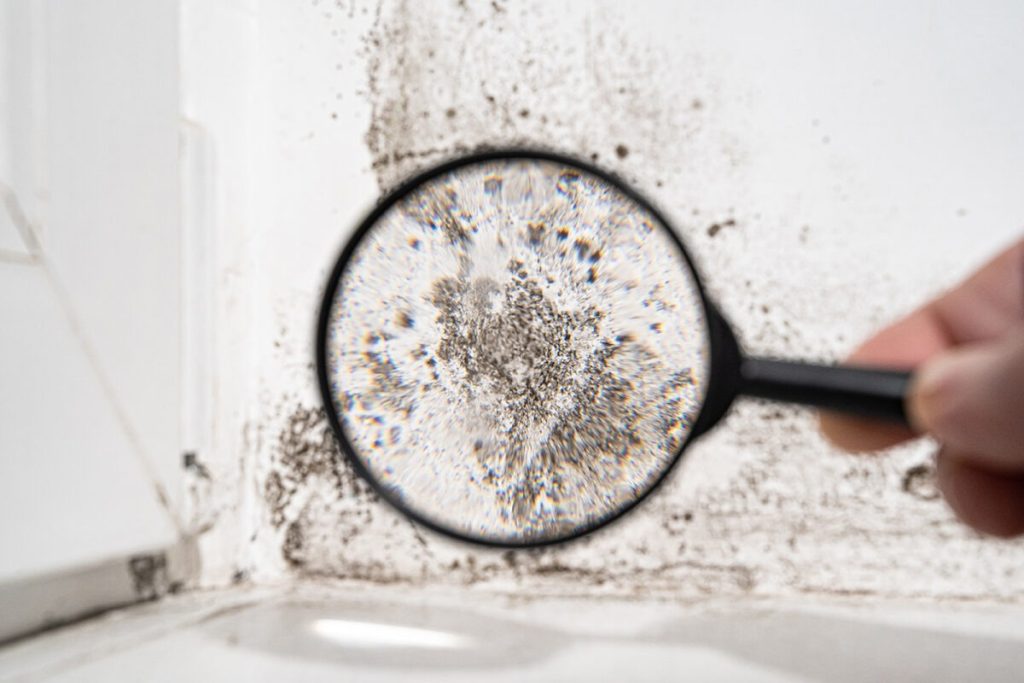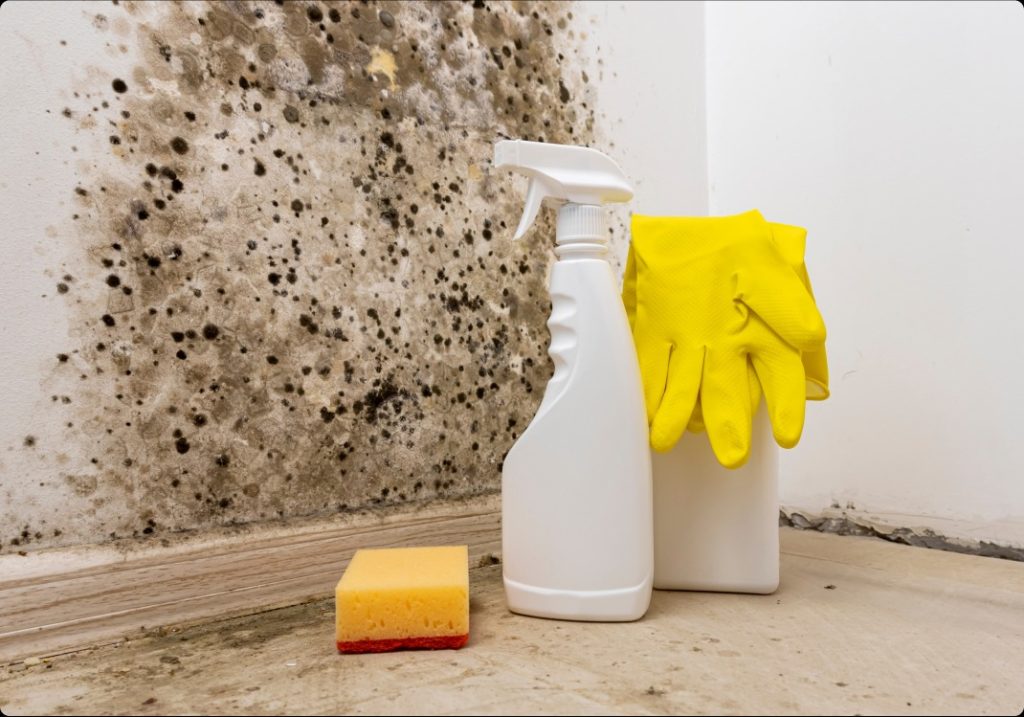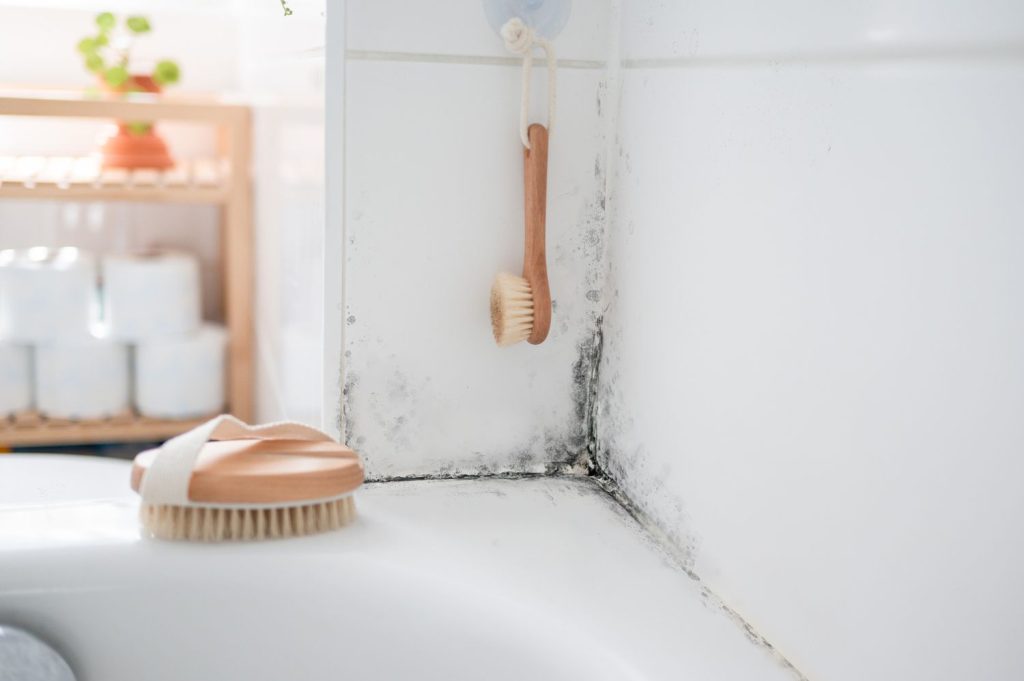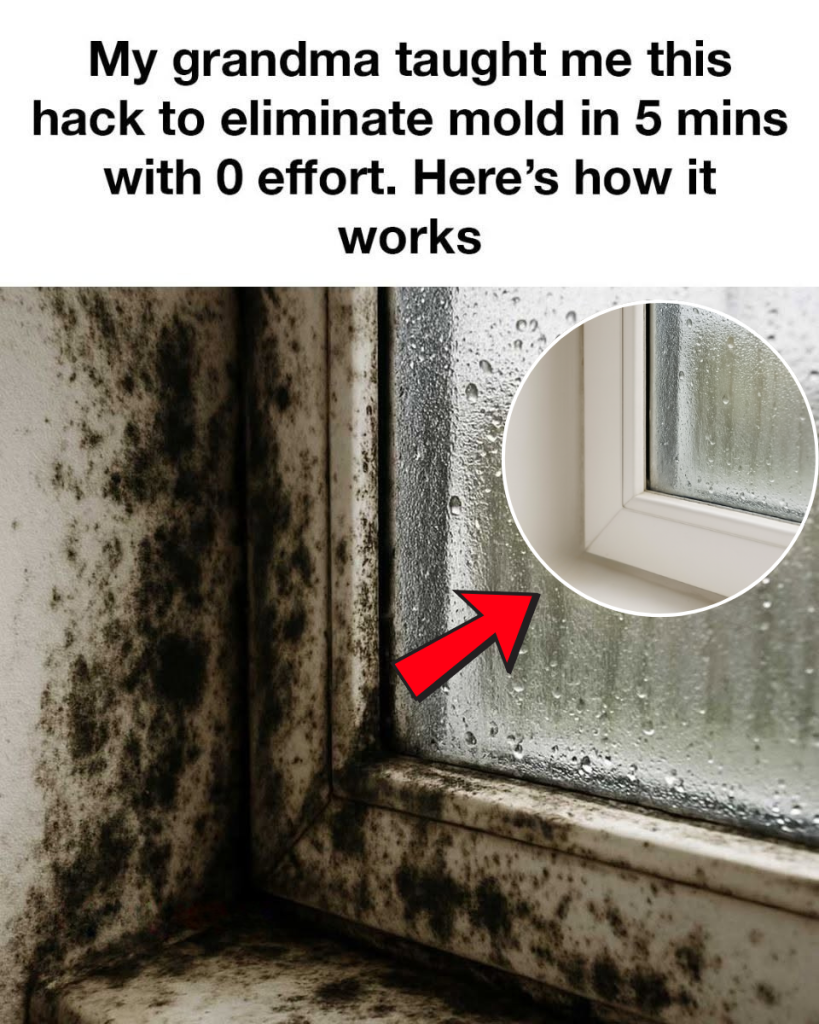Mold is one of those sneaky household problems that can hide in plain sight — until it starts causing health issues or visible damage. Whether it’s triggering allergies or quietly weakening your walls, mold is more than just an eyesore. The good news? You don’t need harsh chemicals to fight it. Hydrogen peroxide, something you can pick up at any pharmacy, is an affordable and effective mold remover.
Here’s how to use it safely and properly to protect your home.
1. What Is Mold, and Why Should You Care?

Mold is a fungus that thrives in damp, humid places — bathrooms, basements, leaky ceilings, etc. It spreads fast and often goes unnoticed until it forms visible patches. Mold spores float through the air and can cause symptoms like coughing, sneezing, skin irritation, or serious respiratory issues, especially for people with asthma or weakened immune systems.
Understanding what causes mold (moisture and poor ventilation) is key to getting rid of it — and keeping it from coming back.
2. Why Choose Hydrogen Peroxide?
Hydrogen peroxide is a natural antifungal and antibacterial agent. At 3% concentration (the kind sold at most drugstores), it can penetrate porous surfaces like wood and drywall, killing mold at the root — something bleach can’t do. It’s also safer than bleach, breaking down into water and oxygen, with no toxic residue.
3. What You’ll Need

Before you begin, gather your supplies:
- 3% hydrogen peroxide
- Empty spray bottle
- Protective gloves
- Mask and goggles
- Scrub brush or sponge
- Clean cloths
- Plastic sheeting (optional, for covering furniture)
- Fan or dehumidifier (to help dry the area)
4. Prep the Space
Clear out furniture and belongings from the affected area. If needed, seal items in plastic bags to avoid spreading spores elsewhere. Cover nearby surfaces with plastic to prevent splash damage, and open windows or use a fan to improve airflow.
5. Spray the Mold
Spray the hydrogen peroxide directly onto the moldy surface until it’s fully saturated. Let it sit for at least 10 minutes. This gives it time to break down the mold and kill spores.
For large areas, work in small sections.
6. Scrub and Wipe

After the wait, scrub the surface using a firm brush or sponge. Be thorough but gentle — you want to remove all the mold without damaging the surface. Wipe away any leftover residue with a clean cloth. Stubborn spots might need a second round.
7. Dry the Area Completely
Moisture is mold’s best friend. After cleaning, dry the area fully using a clean towel, a fan, or a dehumidifier. Don’t return any furniture or rugs to the area until it’s completely dry.
8. Safety Reminders

Even though hydrogen peroxide is safer than bleach, take precautions:
- Wear gloves, a mask, and eye protection.
- Never mix it with vinegar, bleach, or ammonia — this can create toxic fumes.
- Store it in a cool, dark place to preserve its potency.
9. Avoid These Common Mistakes
- Don’t rush: Let hydrogen peroxide sit at least 10 minutes before scrubbing.
- Don’t skip the source: Clean mold, but also fix the moisture problem — or it’ll come right back.
- Don’t rely on bleach: It might clean the surface, but it doesn’t penetrate and kill root mold.
